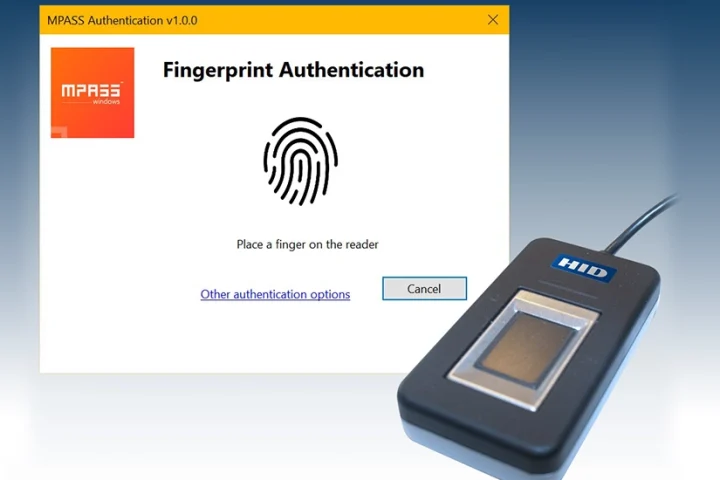Red Hat Process Automation, which is part of the Red Hat Middleware portfolio, is a set of products for intelligently automating business decisions, processes, and operations. Comprising comprehensive frameworks, integration solutions, runtimes, and more, this same portfolio helps businesses create a unified environment for application development and delivery.
Two of these are Red Hat Process Automation Manager and Red Hat Decision Manager, which are platforms for developing containerised microservices and applications that drive automation. The other is Red Hat Runtimes, which is a set of products, tools, and components for developing and maintaining cloud-native applications.
Business process is a management practice used to automate tasks that are repeatable and have a common pattern.
There are several drivers behind the demand for automated business processes that the suite previously mentioned provides. Firstly, better collaboration between IT and business is a certainty because business users are empowered to create end-user apps that seamlessly interact with runtime services.
Business process, decision modeling, and business rules management are also enhanced, while analytics come to the forefront of importance as dashboards and reports can be generated using advanced business activity monitoring.
Meanwhile, dynamic case management accounts for unstructured processes and uses complex multi-part forms across many devices and browsers, while Red Hat’s repository for business logic definitions is also hugely beneficial.
First and foremost, implementation is a business process automation challenge. How to deploy process automation technology that supports specific IT strategies must be established, especially since aging infrastructure often cannot accommodate new business requirements in the long-term. Therefore, organisations should focus on building a cloud-native foundation to avoid unmanageable complexities later.
Business processes are usually modeled with clearly defined paths leading to a business goal.
There are also several other challenges related to the automation of business processes, including employee resistance, selecting inappropriate processes, difficulties automating end-to-end processes, and technical and operational issues that could arise.
The business process is a management practice used to automate tasks that are repeatable and have a common pattern, with a focus on optimisation by perfecting a process. Business processes are usually modeled with clearly defined paths leading to a business goal. This requires a lot of predictability, usually based on mass-production principles.
However, many real-world applications cannot be described completely from start to finish including all possible paths, deviations, and exceptions. Using a process-oriented approach in certain cases can lead to complex solutions that are hard to maintain.
Many real-world applications cannot be described completely from start to finish including all possible paths.
Case management provides problem resolution for non-repeatable, unpredictable processes as opposed to the efficiency-oriented approach of BPM for routine, predictable tasks. It manages one-off situations when the process cannot be predicted in advance.
A case definition usually consists of loosely coupled process fragments that can be connected directly or indirectly to lead to certain milestones and ultimately a business goal, while the process is managed dynamically in response to changes that occur during run time.
Red Hat helps all clients with their respective transformation projects with an extensive global partner network that supports business automation projects. Red Hat partners are certified in process automation, as well as BPM approaches, business rules implementation, and system integration.
Using a process-oriented approach in certain cases can lead to complex solutions, hard to maintain.
Integration with applications such as Siebel CRM, SAP HR, ChatBots and telephony are achievable in RHPAM using the custom Service Task implementation discussed in the External System Connectivity & API’s section.
However, given the current level of information, Red Hat believes a more scalable, maintainable and efficient approach would be to introduce an additional integration layer implemented as a modular set of microservices and focusing on cloud native development practices.
Business process and decision modeling, are enhanced, while analytics come to the forefront of importance as dashboards and reports can be generated.
























